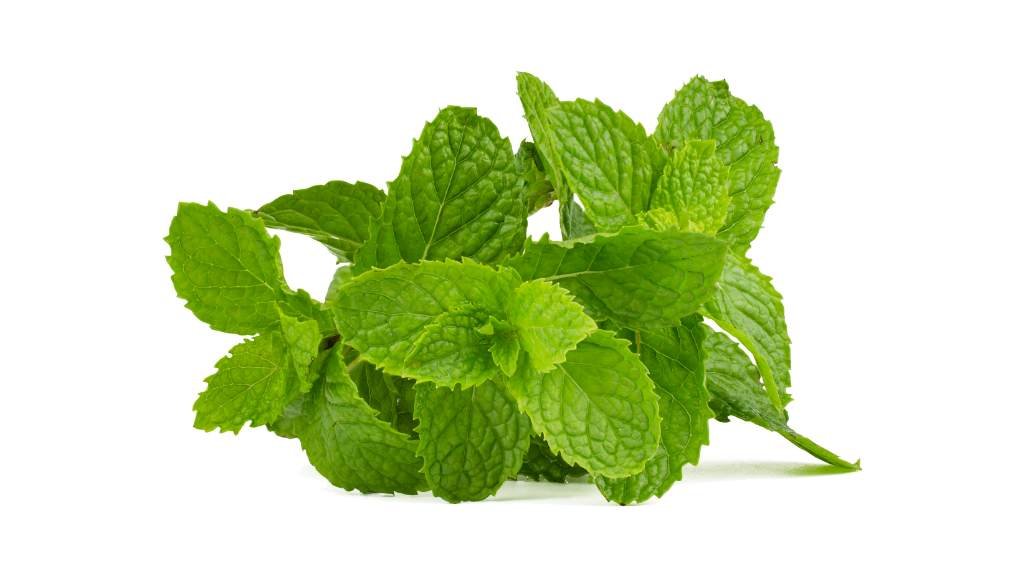Mint: Nature's Versatile Herb with Countless Uses
Aaron Alston
. 2 min read
Mint, scientifically known as Mentha, is a perennial herb with a refreshing aroma and a long history of human usage. This aromatic plant belongs to the Lamiaceae family and is native to Europe, Asia, and North America. Known for its distinct and pleasant taste, mint has become a staple ingredient in culinary arts, medicinal practices, and even personal care products. Whether you're a seasoned chef looking to add a touch of mint to your signature dishes or a health enthusiast seeking the nutritional benefits it offers, this article is your gateway to discovering the wonders of mint. Join us as we explore the various types of mint, its healing properties, and the diverse ways it has been utilized throughout history. Plus, stay tuned for an exciting video chat with herbal experts as they share their insights and tips on incorporating mint into your daily life.

Explore the Various Types of Mint, its Nutritional Benefits
Types of Mint
There are numerous species and varieties of mint, each possessing unique flavors and characteristics. Some of the most common types of mint include:
- Peppermint (Mentha x piperita): Recognized by its sharp, menthol flavor, peppermint is one of the most popular and widely used mints in cooking and herbal remedies.
- Spearmint (Mentha spicata): With a milder taste compared to peppermint, spearmint is a favored choice for culinary purposes, especially in salads, teas, and desserts.
- Apple Mint (Mentha suaveolens): As the name suggests, this variety emits a subtle apple-like fragrance and is often used in beverages and fruit salads.
- Chocolate Mint (Mentha x piperita f. citrata 'Chocolate'): A delightful option for those with a sweet tooth, chocolate mint offers a combination of minty and chocolatey flavors.
Nutritional Benefits of Mint
Mint is not only valued for its delightful taste but also for its various health benefits. This versatile herb is rich in essential nutrients and compounds that contribute to overall well-being:
- Antioxidants: Mint contains a range of antioxidants that help neutralize harmful free radicals in the body, reducing oxidative stress and supporting a healthy immune system.
- Digestive Aid: Peppermint, in particular, is well-known for its ability to soothe digestive issues like indigestion, bloating, and gas. It can also help relax the muscles of the gastrointestinal tract.
- Respiratory Health: The menthol in mint has been found to ease respiratory problems by clearing congestion and soothing inflamed airways, providing relief from colds and allergies.
- Mental Clarity: Mint's aroma is believed to have cognitive benefits, enhancing focus, memory, and alertness.
Historical Uses of Mint
Mint has a long and diverse history of use across different cultures:
- Ancient Medicine: Ancient civilizations, including the Egyptians, Greeks, and Romans, recognized the medicinal properties of mint and used it to treat various ailments.
- Culinary Delight: Mint has been a staple in culinary practices for centuries. It is used in cuisines worldwide to add flavor to dishes, beverages, and even desserts.
- Aromatic and Therapeutic Uses: Mint's refreshing scent has made it a popular choice for aromatherapy. It is used in essential oils, candles, and other scented products to promote relaxation and reduce stress.
- Traditional Remedies: In traditional medicine, mint has been employed to alleviate headaches, soothe muscle pain, and address digestive discomfort.
Conclusion
In conclusion, mint is an incredibly versatile herb with a rich history and a plethora of uses. From its role in culinary creations to its medicinal and aromatic applications, mint continues to be a beloved and valuable herb in modern times. Whether you enjoy a cup of peppermint tea to soothe your senses or savor a refreshing mint-infused salad on a hot summer day, the timeless allure of mint remains a cherished part of human culture.
.jpg)
.jpg)